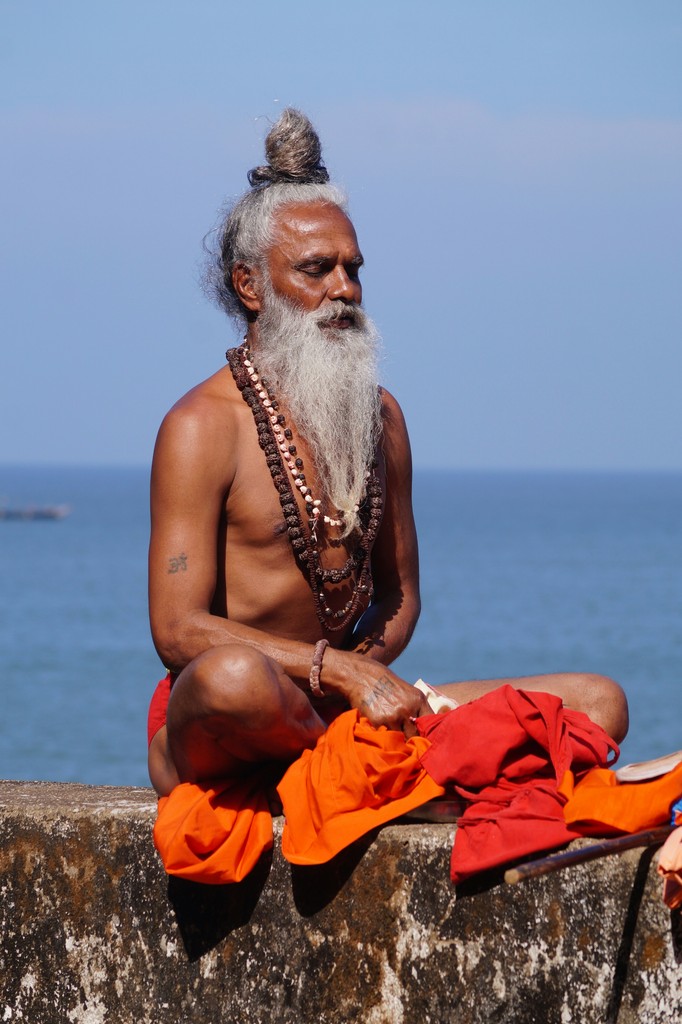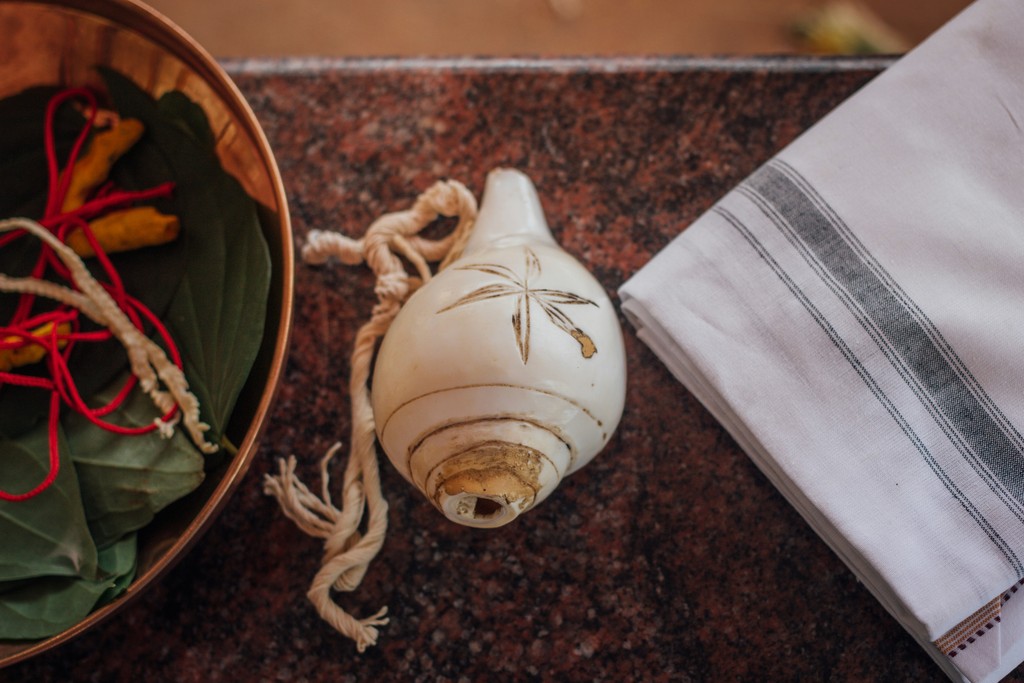
Ryan
Feb 3, 2024
Preserving Memories: Hinduism’s Rituals and Stories
Hinduism is one of the world's oldest and most active religions, with over 1. It is estimated that over 2 billion people around the globe are followers of this beautiful religion with numerous traditions and ceremonies.
However, one main goal behind the vibrant processions and complex belief systems is to remember the past. Unlike most other religions, Hinduism has one sacred book; it transmits its knowledge and history through a complex system of stories, practices, and people's traditions.
This paper explores some extraordinary measures Hindus take to guarantee that future generations do not forget their memories.
Shruti and Smriti: The Vedas: The Science of Memory Preservation
The Sama, rig, and Yajur Veda, the oldest writings of Hinduism, are said to have been imparted by God.
Composed in Sanskrit, the Vedas encompass four main categories: According to their division, there are four primary Vedas, including Rigveda, which contains hymns; Samaveda, which contains chants; Yajurveda, which contains sacrificial formulas; and Atharvaveda, which includes spells and charms.
These texts were not written but passed down orally from one generation of priests called Brahmins to another.
This stress on the oral tradition helped to maintain the Vedas for centuries and thus preserve the religion's central tenets, practices, and mantras.
Rituals: The Past in the Present Again
Ceremonies are well-known in Hinduism for keeping memories alive. Such rituals and ceremonies link the modern world to the ancient one; thus, people can connect with their forebears and reenact moments in Hindu mythology.
Some essential memory-preserving rituals include:
Shraddha:
This annual event involves preparing food and other offerings for the dead ancestors through prayer. Thus, through remembering and enacting these activities, the relationship between the generations is reinforced, and the memory of the deceased is preserved.
Puja:
Sacrifices and prayers are made to certain gods daily as a form of worship. These rituals also present the myths and history connected with the specific deity, thus narrating and preserving these tales.
Festivals:
Numerous Hindu festivals are celebrated to commemorate certain events, recount mythological tales, and celebrate the victories of gods and goddesses. These beautiful celebrations, which include dances, music, and the sharing of stories, are the best ways of passing culture and history to the young generation.
Storytelling: Oral Literacy
Another practice commonly used in Hinduism to preserve memories is storytelling. Thus, the great Indian epics Ramayana and Mahabharata were narrated along with their moral values, histories, and genealogies of various dynasties.
Such stories are usually told with a lot of drama, so the memories, hence the past and heroes, are not easily forgotten.
Bards and Kathakars:
Owing to this, bards and Kathakars, the professional storytellers, have been very important in preserving history via oral tradition. These performers are masters in oral narration and dramatization of epics to pass them down to the next generations.
Family Stories:
Genealogical information, family members' accomplishments, and children's examples are shared as narratives. These personal narratives help keep the family history and enhance generational relations.

Lineage: A Living Legacy
Lineage or 'Param para' is one of the significant principles in Hinduism. According to the Hindu culture, knowledge, traditions, and memories are passed from the teacher to the student or the elder to the young one.
Thus, the importance of lineage guarantees that cultural and historical traditions will not be forgotten but will be developed and preserved.
Guru-Shishya Param para:
The Guru-Shishya tradition, prevalent in India, where a guru transmits knowledge to a shisha, is a good example of lineage-based memory preservation. This way, factual knowledge is preserved, but philosophies and traditions are also transmitted correctly.
Family Traditions:
Certain practices related to cooking, art, or even speaking and storytelling are also inherited by family members. They are essential for preserving memories and the identity of a certain family line.
The Digital Age and Confinity: A Bridge Between Tradition and Technology
Thus, despite the effectiveness of Hinduism's methods of memory preservation, the digital age has its benefits and drawbacks.
The abundance of information and the rapid development of new technologies can threaten the continuation of oral traditions and the preservation of history.
Here's where Confinity steps in, offering a bridge between tradition and technology:
Preserving Stories:
Through the platform, it becomes easier for families to document and save the stories told by older people and members of society, preserving the family's history and culture.
Family Archives:
Confinity provides a space to build a safe digital library of pictures, videos, and essential papers for future generations.
Lineage Documentation:
Using Confinity, families can develop family trees and pass on their genealogy to produce a detailed account of family generations.
Conclusion
Thus, Hinduism's approach to memory preservation is complex and multifaceted, implying rituals, oral tradition, and awe of forebears.
Thus, it is possible to state that only by preserving traditional approaches and integrating technological advancements will it be possible to keep the memories, stories, and cultural knowledge of Hinduism alive and shared with future generations.
In this case, Confinity is a crucial partner in this process, as it enables families to preserve their identity and guarantees that their forebears' tales will never be forgotten.
